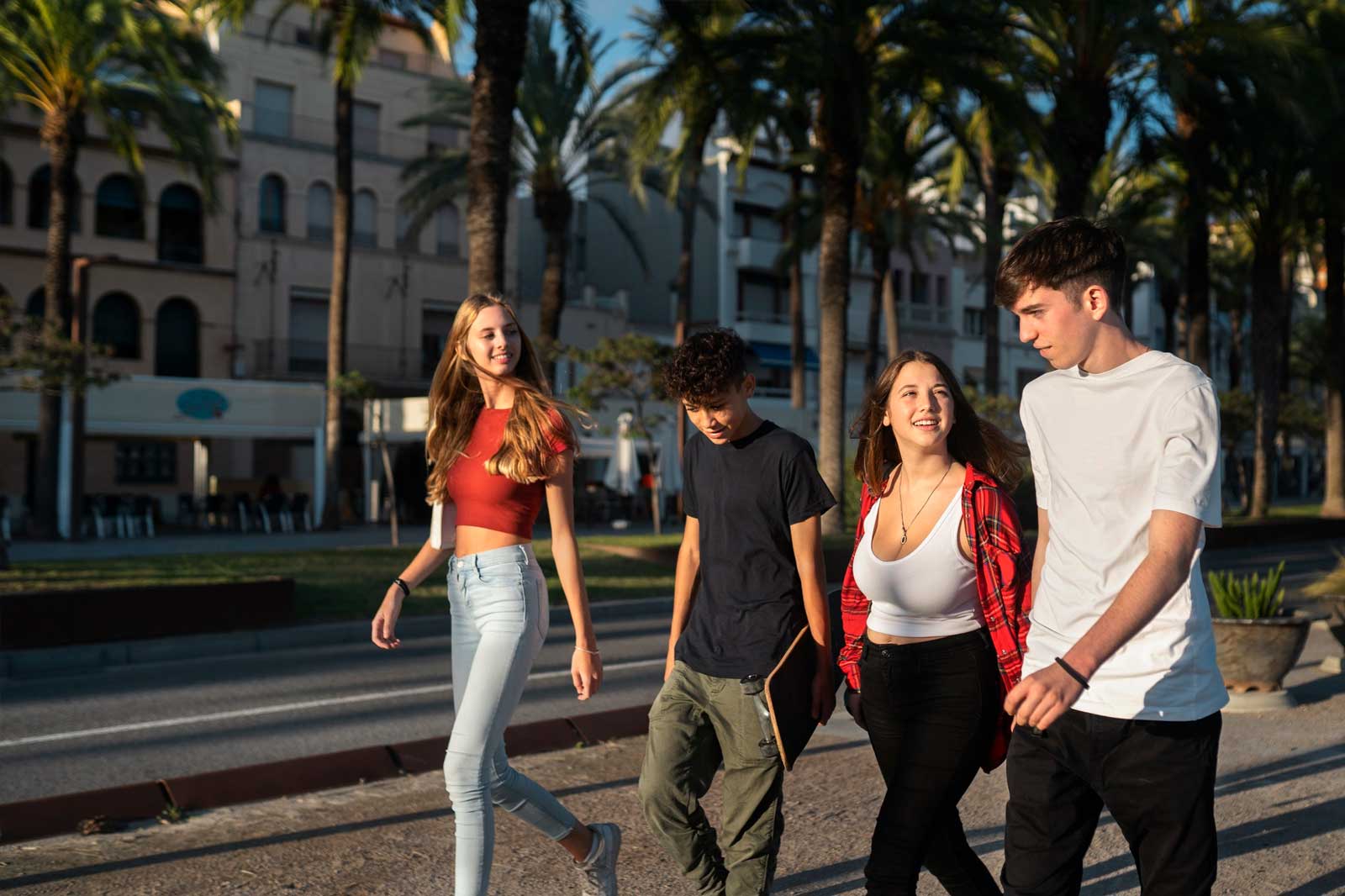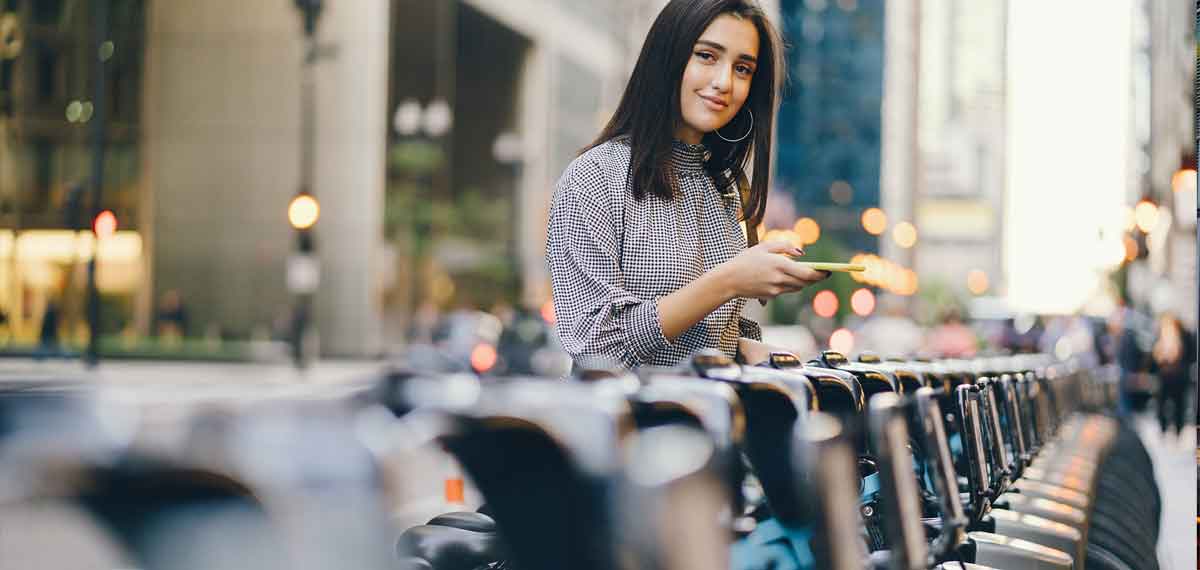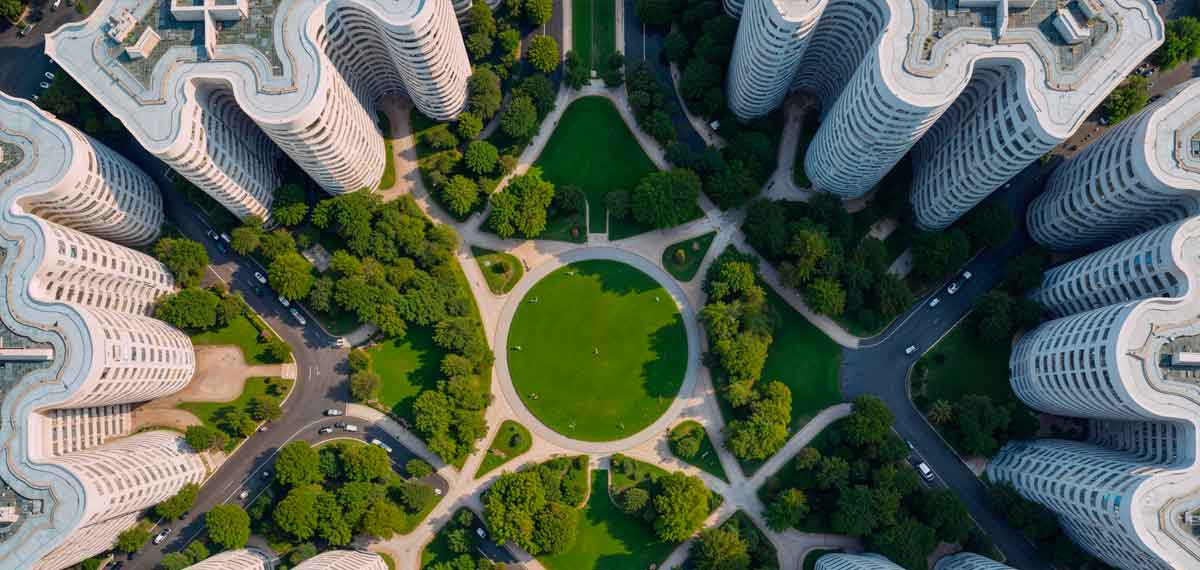Urban planners are putting pedestrians at the center of city design as they rethink the purpose and layout of streets. Car-dominated corridors are being reimagined with wider sidewalks, shaded seating, protected bike lanes, and safer crossings. These changes not only make cities more walkable but also support public health by inviting people to spend more time outdoors. Residents are responding positively to these upgrades, noting improvements in both safety and neighborhood connectedness.
This movement is also deeply tied to climate resilience and sustainability goals. Cities are integrating vegetation, permeable surfaces, and stormwater features into streetscapes to manage heat and rainfall more effectively. By prioritizing people over vehicles, urban designers are helping cities meet environmental targets while creating spaces that feel more vibrant and welcoming.




